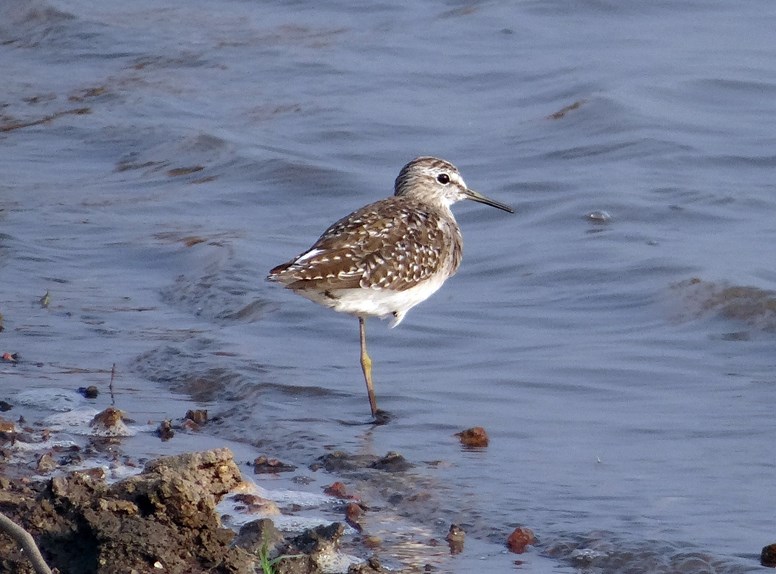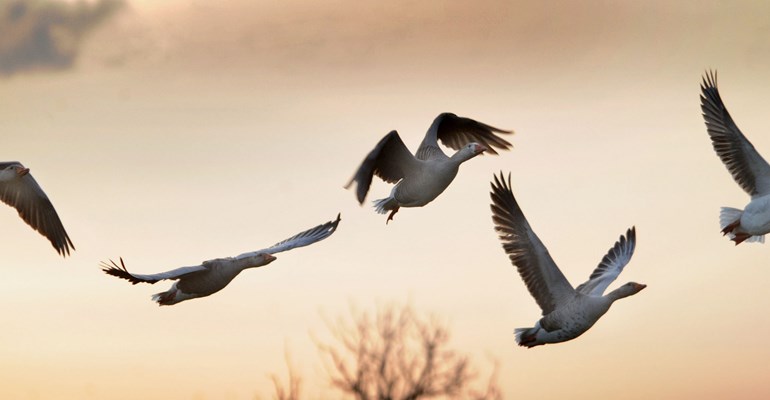
Zeeland’s bird mall, aka boulevard
Lapwing
Well-watered meadows and arable land are much favoured by the lapwing (‘kievit’) – recognisable for its distinctive call and long thin crest. In the breeding season, the male makes a series of nests and the female chooses the best, in her eyes, for laying her eggs. They breed them together and raise the chicks. Come winter, and the lapwing flies off south en masse, though a good many stay behind.
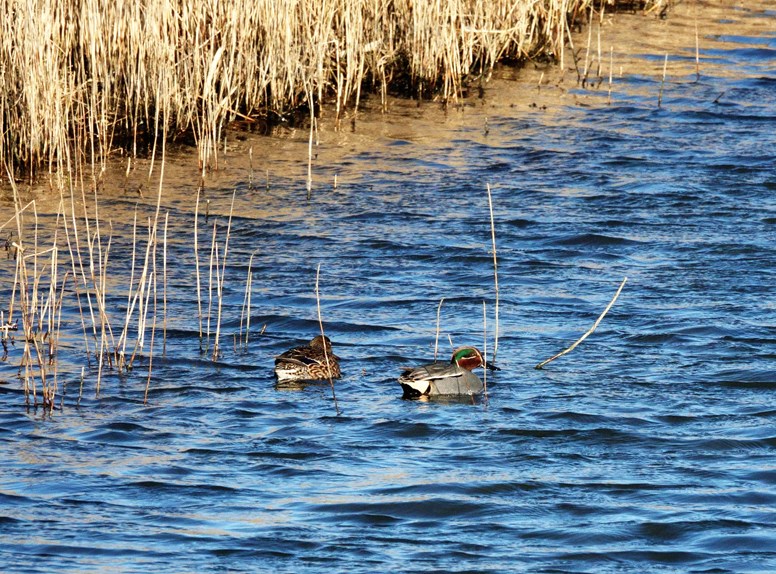
Avocet wader
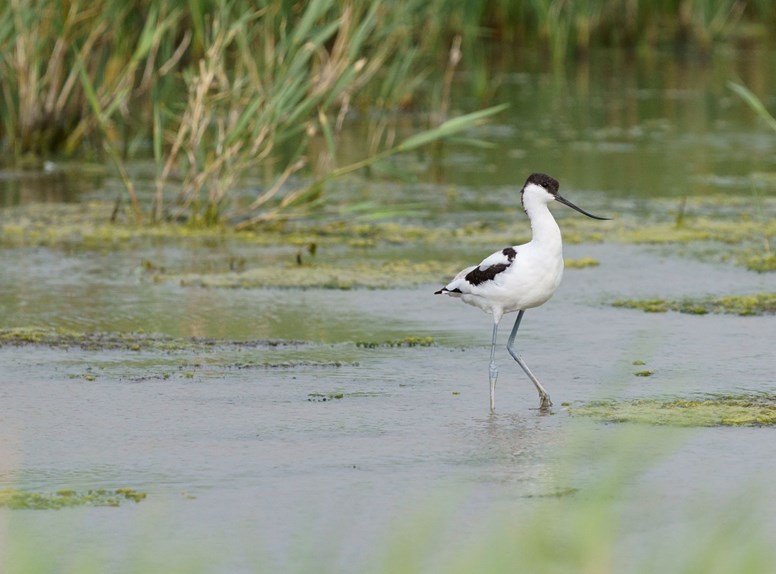
Black-headed gull
The name belies the spot, dark brown actually, behind its eyes – though it’s white in winter. The black-headed gull (kokmeeuw) is a prolific breeder both on the shore and inland – its colonies lie in marshes and on lakes as well as in coastal dunes and marshes, its preferred winter habitat.
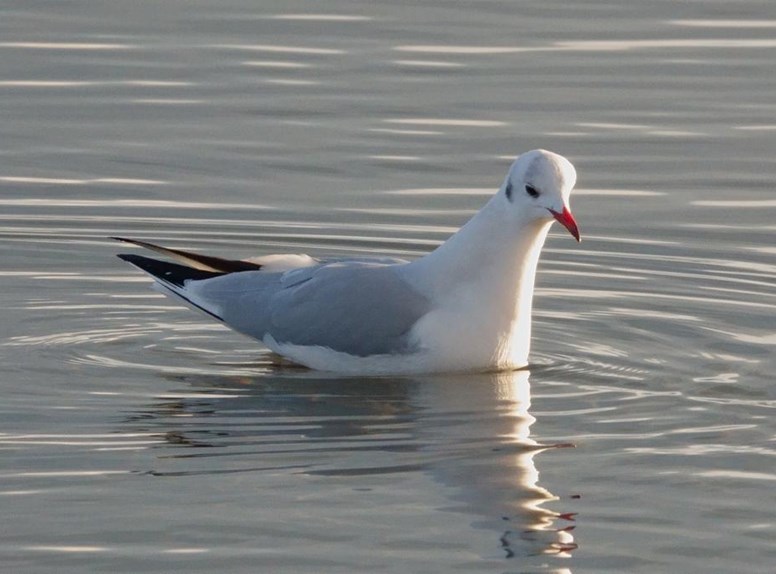
Spoonbill
Great minds think alike. The spoonbill (‘lepelaar’) is named after the Dutch word for spoon (‘lepel’) with the suffix like an ‘er’. It mows its bill to and fro to scoop up small fish and other water-based invertebrates, swallowing them fast as the beak is on the up. Marshes, clumps of reed or thickets of bush are home. In the early 1970s, the spoonbill was almost extinct, but thanks to a protective breeding programme there are more than a thousand birds in the Netherlands. Unlike other birds in this Top 10, it has no call.
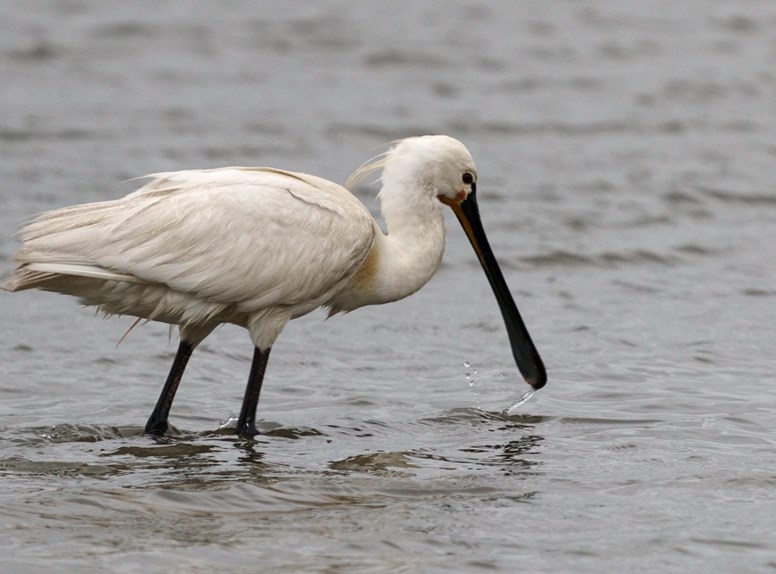
Oystercatcher
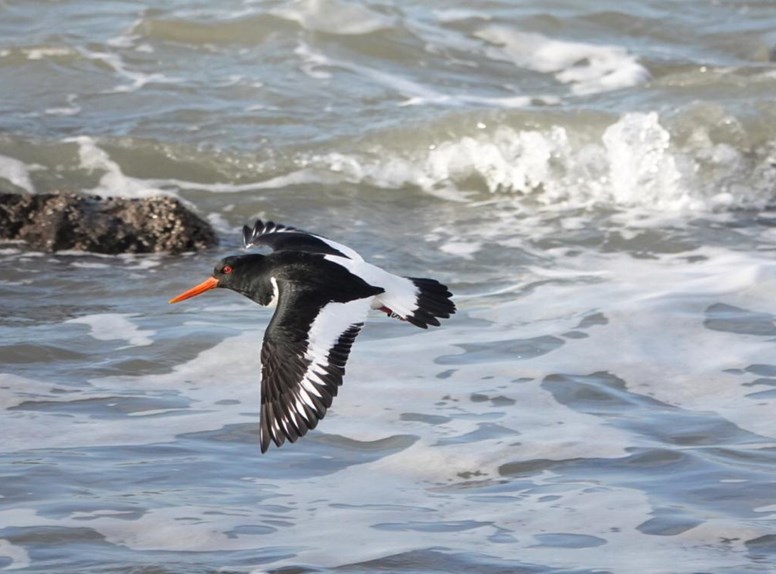
Wigeon
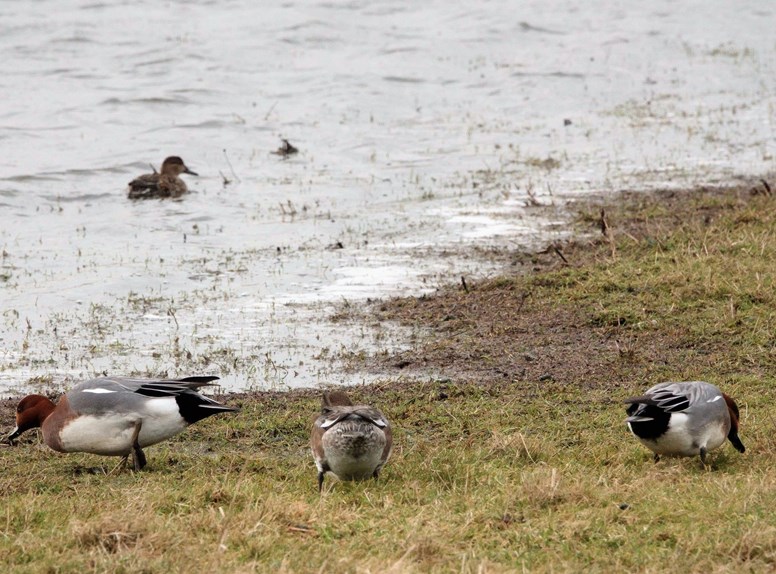
Redshank
One of the smaller Dutch farmland birds, the redshank is almost a misnomer, since their more extant colouring is in their orange feet and the orange beak. Maybe the name was taken by other creatures in the Kingdom of the Animals. This bird likes to hide in the grasses of wet meadows. Its Dutch name (‘tureluur’) come from the Dutch ear’s version of its whistling call of “chew, lew, lew” ('tju, lu, lu'). Another of our visitors keen to spend the winter on our coast, it too enjoys lobster-like food and shellfish, turning down a diet of insects and worms.
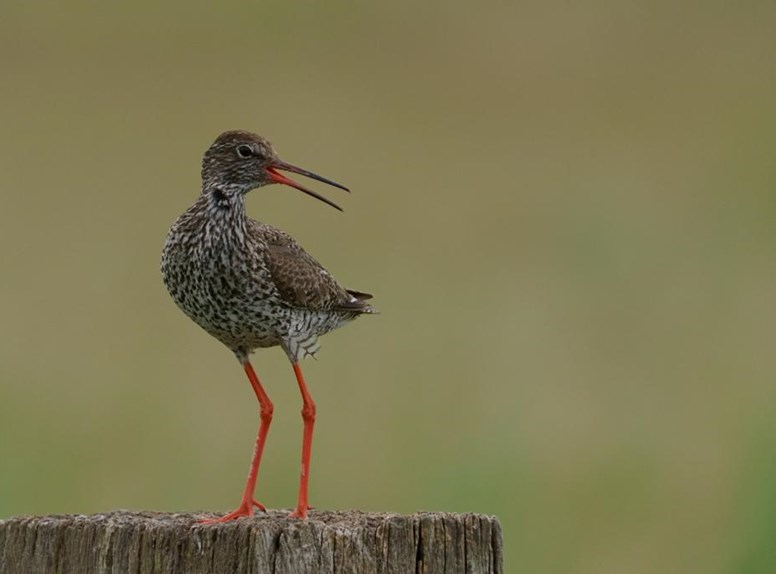
Scoter or common tern
This elegantly slim bird has small, long wings and a forked tail. It breeds in colonies on the shore or inland. You’ll often see it over the water, hunting small fry fish, shrimps and tadpoles, swooping very fast to catch them. The scoter (‘visdief’ – fish robber) spends the European winter down on the coast of West Africa.
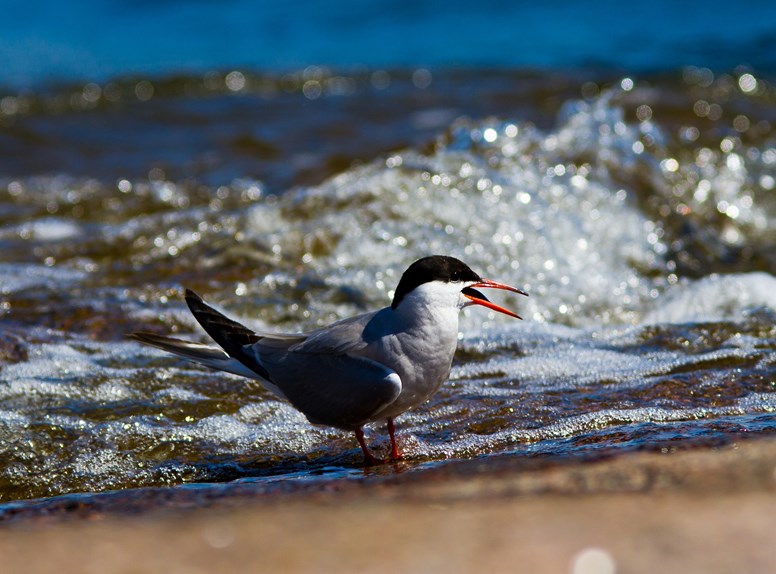
Teal
The teal (‘wintertaling’) like to live in open marshes. They seldom breed here, but they come to spend their winters here in large groups, away from Northern Europe. The male teal is much more coloured than the female, with a rusty head and broad green stripe. The female, light brown, has a dark scaly pattern on its back and flanks.

Curlew
The beak of the curlew (‘wulp’) bends downwards. For the breeding season, the female selects a nest hollow from the output of the devoted male. Of our home-grown curlews, many head off to South America or Africa. Those bred in northern climes either pass by here twice a year, or stay for the winter.
